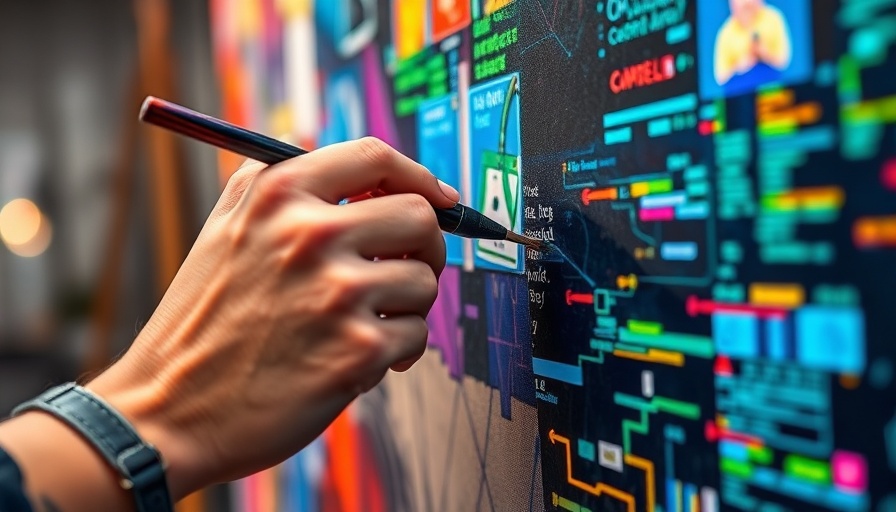
Understanding AI-Generated Artwork: A Blend of Technology and Creativity
In a world where technology intersects art, AI-generated artwork is creating a buzz—not just among artists but within the broader creative community. This innovative medium harnesses the power of artificial intelligence to craft unique pieces across various art forms, including images, videos, and music. Imagine transforming simple descriptors into a mesmerizing visual creation: that’s the allure of AI art.
The Mechanics Behind AI Artwork Creation
At the heart of AI-generated artwork lie sophisticated algorithms powered by machine learning. These algorithms become adept at creating art through a process called “learning,” where they analyze vast datasets of existing artworks. For example, Generative Adversarial Networks (GANs) create art by having two neural networks, a generator and a discriminator, work in harmony. The generator creates images, while the discriminator reviews these images to evaluate authenticity.
Another method is the use of Variational Autoencoders (VAEs), which simplify and represent a dataset before generating new variations based on this condensed form. The culmination of these technologies allows AI to produce artworks that can surprise and engage audiences by mimicking styles or even inventing entirely new artistic expressions.
The Role of Prompts in AI Art
Unique to AI art is the collaborative dimension between artificial intelligence and human users. Many platforms empower users to input text prompts that guide the AI in its creation. For example, by entering “a vibrant cityscape illuminated by neon lights,” the AI interprets this input and generates artwork that embodies this vision. This interplay enhances the creative experience, showcasing a singular fusion of human imagination and machine interpretation.
Iconic Examples of AI-Generated Art
Notable examples from the AI art movement have captured significant attention globally. “Edmond de Belamy,” generated by the French collective Obvious, challenges conventional notions of authorship in artwork. Displaying a blurry figure reminiscent of 18th-century portraits, it made headlines after selling for $432,500, signifying a momentous shift in how AI art is perceived in the mainstream art market.
Benefits of AI in the Art World
The rise of AI in art doesn’t merely challenge traditional practices; it also holds tremendous potential for evolution. AI serves as a powerful research tool, expediting processes like cataloging. Dirk Boll from Christie’s highlights how AI technology has shortened the cataloging time from days to mere seconds. Furthermore, AI analyzes market trends, consumer behavior, and even assists in the authentication of artworks, enhancing the overall efficiency of the art world.
Challenges and Considerations
Despite its benefits, the integration of AI into art raises significant concerns. Some artists fear the encroachment of AI as a threat to their livelihoods, arguing that it might replace human creativity. Additionally, issues like intellectual property rights and the ethical training of AI models on existing works without consent are areas of contention, leading to legal actions aimed at protecting artists' rights.
The Future of AI in Art: Coexistence or Competition?
What does the future hold for AI-generated art? Experts suggest that rather than completely replacing human artists, AI can serve as a complementary tool. With advancements in AI technology, it stands to enhance human creativity and spark novel expressions within the art community. As generational attitudes evolve, younger audiences may increasingly embrace the aesthetics presented by AI, suggesting a future where collaboration between human and machine shapes creative landscapes.
A Final Thought
As AI continues to redefine artistic boundaries, it’s vital for both artists and audiences to engage with this innovative evolution thoughtfully. Through collaboration and ethical practices, the art community can harness AI’s capabilities to create a harmonious blend of technology and creativity that inspires and opens new avenues of artistic exploration.
 Add Row
Add Row  Add
Add 
 Add Element
Add Element 

Write A Comment